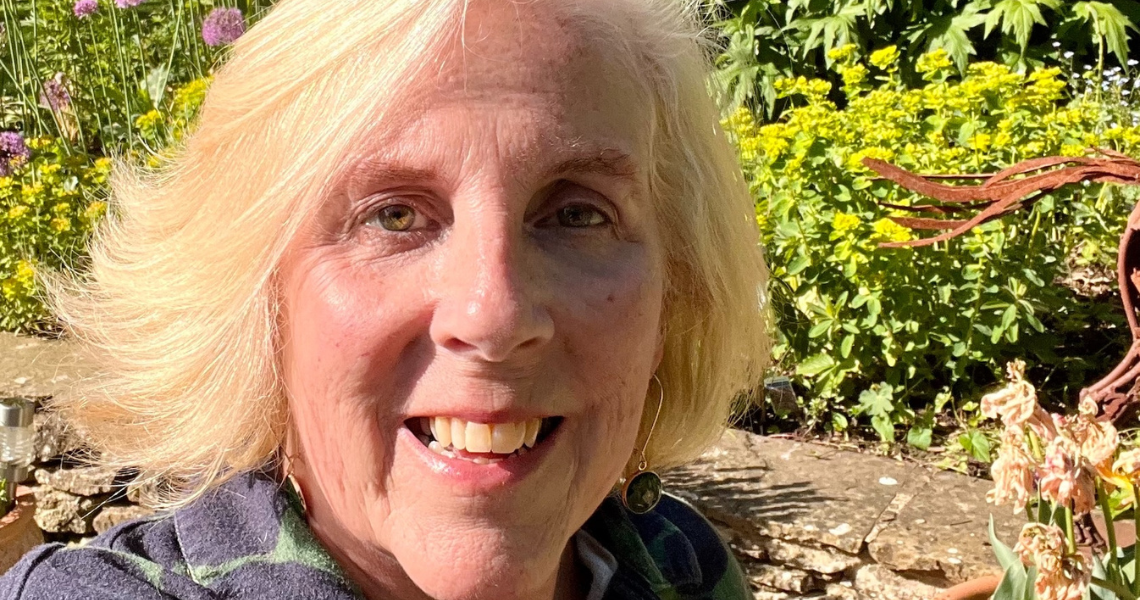
This story is adapted from an article originally written on 11 October 2024
The Burford, West Oxfordshire resident took part in the University of Oxford’s EXPLAIN study, where participants inhale a gas to provide high-quality MRI scan images.
The study enabled researchers to identify abnormalities in the lungs of long COVID patients who are experiencing breathlessness that could not be detected with routine tests.
COVID-19 diagnosis
Kathryn got COVID-19 in March 2020. She said: “By September, I realised I wasn’t getting any energy back. I couldn’t breathe properly. When I tried to walk the dog, I could only manage a third of my usual walk, and even then only with regular stops."
“I kept having really strong pins and needles from the shoulder blade to the tips of the fingers of my left hand – I called it my ‘taser arm’. And the fatigue – it was like boom and bust. You’d find a little bit of energy one day and do something and then you’d be wiped out for 3 days, feeling really grotty.”
- Kathryn Hedigan
The keen bridge player also experienced ‘brain fog’ - including difficulty concentrating, managing lots of information at once, and memory problems. This worsened after she contracted COVID again in 2023.
“I used to know by heart all the bidding conventions in the form of bridge we play. I now literally have to read it before I play to remember because they’re no longer lodged in my brain. I struggle to remember names or pieces of music I’m really familiar with.”
Being invited to take part in research
While attending the long COVID clinic at Oxford’s Churchill Hospital, the retired IT consultant was asked if she wanted to take part in the EXPLAIN study.
Participants were asked to lie in the MRI scanner and breathe in one litre of the inert gas xenon that has been hyperpolarised - a change in the electrical composition of the gas - so that it can be seen using MRI.
As xenon behaves in a very similar way to oxygen, radiologists can observe how the gas moves from the lungs into the bloodstream. The scan takes a few minutes and, as it does not require radiation exposure, it can be repeated over time to see changes to the lungs.
“I decided to take part because there are so many people out there suffering without knowing why they’re suffering, and we need to know.”
- Kathryn Hedigan
The mum-of-one said of the trial team: “They were brilliant. Every person I dealt with on the trial was delightful.”
Kathryn has taken part in another long COVID-related study that analyses patterns of molecules in the blood and urine to develop a test for long COVID and better understand its underlying mechanisms.
She said: “People should consider taking part if they are suffering with anything, as they could end up helping others too, but with COVID in particular, research is so necessary, because it has not gone away.”
How you can get involved with research
Sign up to Be Part of Research to be contacted about a range of health and care research. Or check out our full list of studies to see if one is right for you.
And if taking part in a study doesn’t feel right at the moment there are other ways to get involved in research.




